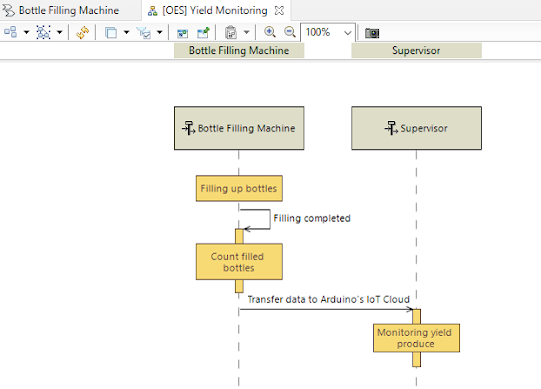Meeting Purpose: Prepared Final Presentation
Meeting Date: 28/5/2021 (Saturday)
Meeting Time: 9.30 P.M
Meeting Location: MS Teams Platform
Meeting
Facilitator: Muhammad
Nasir bin Aziz
Attendees: Mohamad Saifullah bin Zolkefly, Muhammad
Firdaus bin Khalid
Decision Made:
Division of presentation part
Discussion:
We have discussed together to divide the task in the
slide presentation on the final day of the presentation. Each of them had to
make a section for them to present handing it to Nasir to combine. Each
person’s share is given according to the work they do. Points given to each
person are equal. Once completed, a rehearsal was made the day before the
presentation day, 28/5/2021 so that everything went smoothly as planned.
Conclusion:
figure show the Microsoft office team. The presentation on Friday went smoothly. Sir Zaki
gave positive feedback. Our group was the first group required to start a
presentation. Saifullah and Firdaus played a good role and were able to answer
all the questions asked.
Updated by: Muhammad
Nasir bin Aziz









